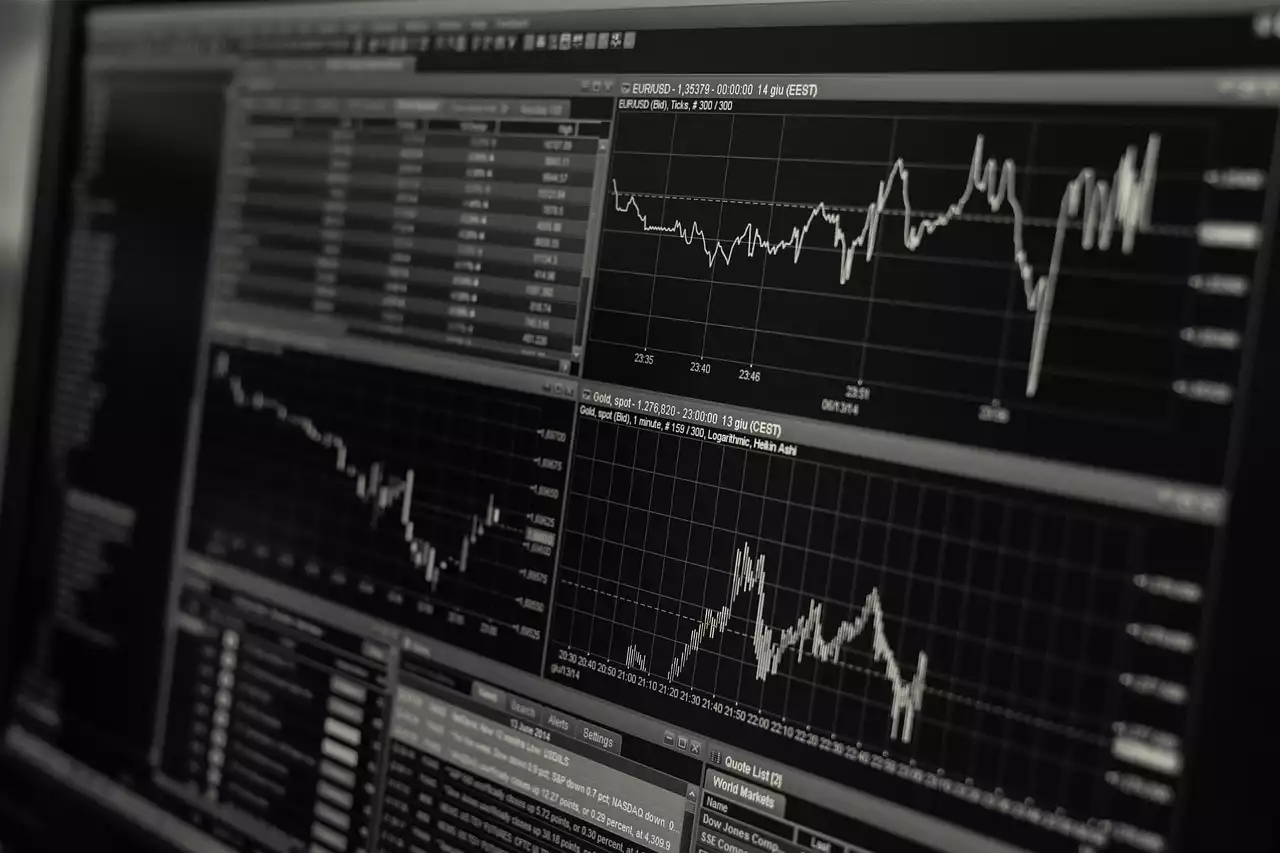A price-weighted index is a type of index that gives more importance to stocks with higher market capitalization. In other words, a price-weighted index values companies based on the price of their stock. It assigns more weight to large-cap companies and less to small-cap firms in its calculation. A market capitalization (or market cap) of a company is calculated as the current market value of all the shares it has issued, divided by the number of those shares. Thus, in a price-weighted stock index, stocks with higher prices have a greater impact on the final result. There are various types of indexes such as an equal-weighted index, a modified double-index, or an exponentially weighted index. Each one has its advantages and disadvantages. Let’s dive into detail about these indexes and their implementation for different market segments.
Equal-Weighted Index
An equal-weighted index gives the same importance to each stock regardless of its market capitalization. It calculates the relative strength of each stock in the index based on its price. This type of index is mainly used for international developed markets, as it does not have a strong bias for any specific market segment. By weighing stocks with the same significance, it does not have a strong bias for any specific region or country. An index can be classified as an equal-weighted index if all the constituents have the same weight in the index. For example, if there are 50 stocks in the index, each stock will weigh 1% in the index.
Double-Weighted Index
A double-weighted index assigns twice the importance to large-cap stocks. It is mainly used for American stock indexes, such as the Dow Jones or the Nasdaq 100. Double-weighting large caps reduces the overall volatility of the index, as these stocks are less susceptible to short-term price fluctuations. Double-weighted indexes are also used for international markets, but they are most effective in the US market. Double-weighted indexes are often seen as the standard index due to their simplicity and transparency. A double-weighted index gives twice the weight to stocks with large market capitalization compared to an equal-weighted index. For example, if there are 50 stocks in the index, 25 stocks will weigh 2% in the index, and the remaining 25 stocks will weigh 1%.
Exponential Weighted Index
An exponentially weighted index multiplies the importance of large-cap stocks, even more, giving them a weight multiple times greater than twice the weight of large-cap stocks in a double-weighted index. Exponentially weighted indexes are mainly used for emerging markets, as developing countries are usually characterized by their large growth potential. Equal-weighted indexes favor developed markets and emerging markets as they do not have a strong bias toward any specific market segment. By weighting stocks with an exponential function, the index gives a larger weight to the stocks with a high price. Exponential indexes are less transparent and less liquid than other indexes. The high weight of stocks with a high price increases the volatility of the index.
Proprietary Indexes for Market Segmentation
Some investment companies create their indexes based on their specific selection criteria. This gives them greater flexibility to fit their investment strategy. Equal-weighted indexes are generally used for index funds that track the entire stock market, while double-weighted or exponential-weighted indexes are often used for index funds that track a specific sector. For example, Standard & Poor’s (S&P) is a market index that includes 500 stocks selected based on their market capitalization, liquidity, and other criteria. In contrast, the S&P 500 is an index that includes a subset of those 500 stocks, representing the major companies across various industries in the U.S. stock market.
Double-Index Marker Exchange Traded Fund (ETF)
Double-indexed ETFs are funds that track the performance of an index and replicate the effects of a double-weighted index. For example, a double-index exchange-traded fund may equally weight its stocks when the index is equally weighted, but double-weight them when the index is double-weighted. Double-indexed ETFs are usually more expensive than single-index ETFs. This is due to the extra effort required to change the weighting of the fund from double-weighted to equal-weighted and back. Double-indexed ETFs are more complex than single-index funds and thus have a greater risk of fraud or mismanagement.
Conclusion
A price-weighted index assigns more weight to stocks with higher market capitalization. This type of index is often used for international developed markets, as it does not have a strong bias toward any specific region or country. Double-weighted indexes assign twice the importance to large-cap stocks. They are mainly used for American stock indexes, such as the Dow Jones or the Nasdaq 100. Exponentially weighted indexes give a larger weight to stocks with a high price. They are mainly used for emerging markets as developing countries are usually characterized by their high growth potential. Double-indexed ETFs track the performance of an index and replicate the effects of a double-weighted index. They are usually more expensive than single-index funds due to their complexity.

 What is a Sector Stock Index?
What is a Sector Stock Index? What is a Market-Cap Based Indices Stock Index?
What is a Market-Cap Based Indices Stock Index? What is a Benchmark Stock Index?
What is a Benchmark Stock Index? The Most Common Indices in the Stock Market?
The Most Common Indices in the Stock Market?